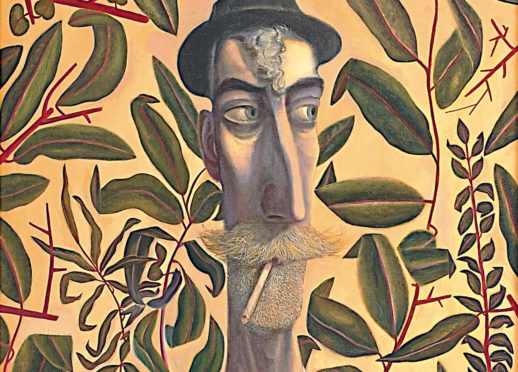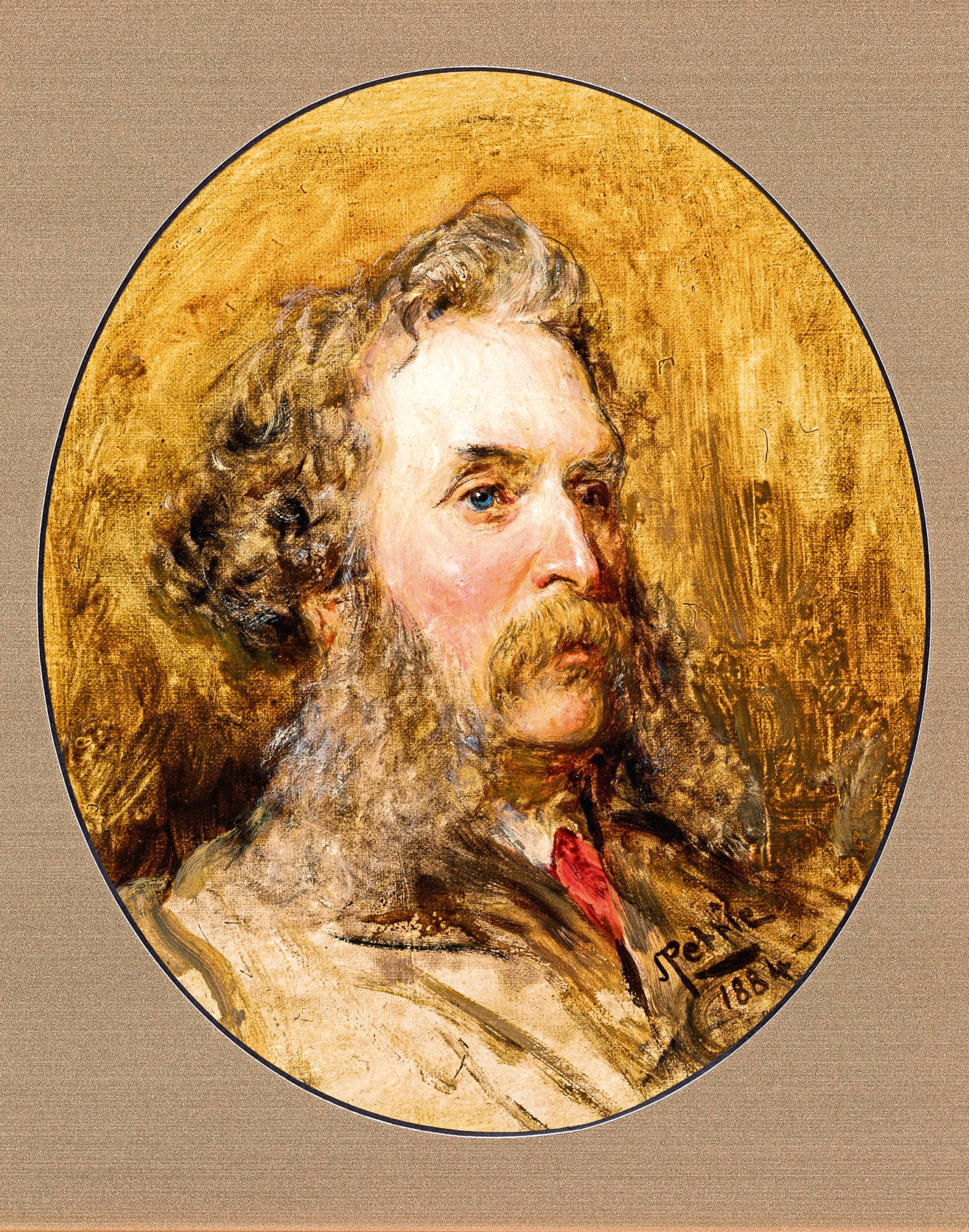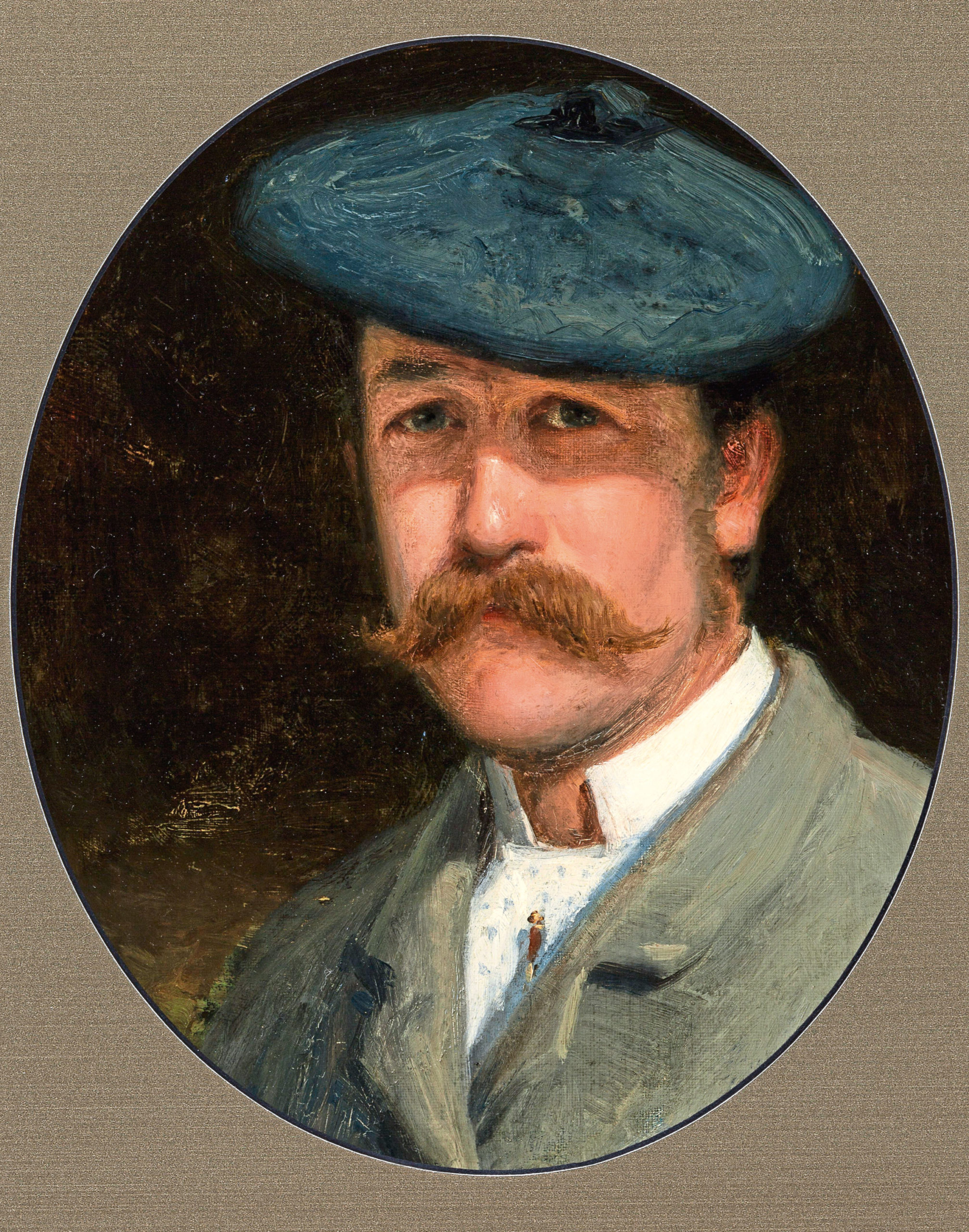Every year gents from around the world participate in Movember, an initiative to raise money and awareness of men’s health issues.
This presents a dilemma for those dedicated few – how to style their new facial accessory. Museum Assistant Tim Pape-Carlisle joined the Aberdeen City Council Movember team to help raise money to support mental health initiatives.
The moustache and facial hair in general have come in and out of fashion throughout history. Ancient Romans considered facial hair to be uncouth, a mark of non-Romans. The Vikings on the other hand carefully groomed, dyed, and styled their facial hair. Our collections hold many examples of facial hair styles from more recent history, represented in many paintings, busts and sculptures.
The MacDonald portrait collection shows many movers and shakers from the time – many of them sporting significant topiaries on their faces. Joseph Farquharson wore a bountiful moustache in a style known now as the handlebars or El Pancho Villa. His handlebars were so well cultivated, one could argue that the style should be the Farquharson instead. Many other styles, such as Thomas Faed’s mutton-chop/moustache combo or John Byrne’s Beard-stache are represented throughout the rest of the collection.
Today, beards and moustaches of all shapes and sizes are all the rage. They provide an opportunity for a lad to accessorise their style. Facial hair is also a way to complement their facial shape and structure, either to emphasise or soften features. The Farquharson, for example, is recommended for gentlemen with long or triangular faces, or large features.
Psychology studies indicate men with a well-groomed moustache are considered more trustworthy, mature, and authoritative, at least at a glance.
Now Movember season has drawn to a close, we encourage you to continue to look after each other’s mental and physical wellbeing – and to visit Aberdeen Art Gallery and seek out more examples of impressive facial hair.
You can read more about Beardy Bros in the stories section of our website at www.aagm.co.uk


